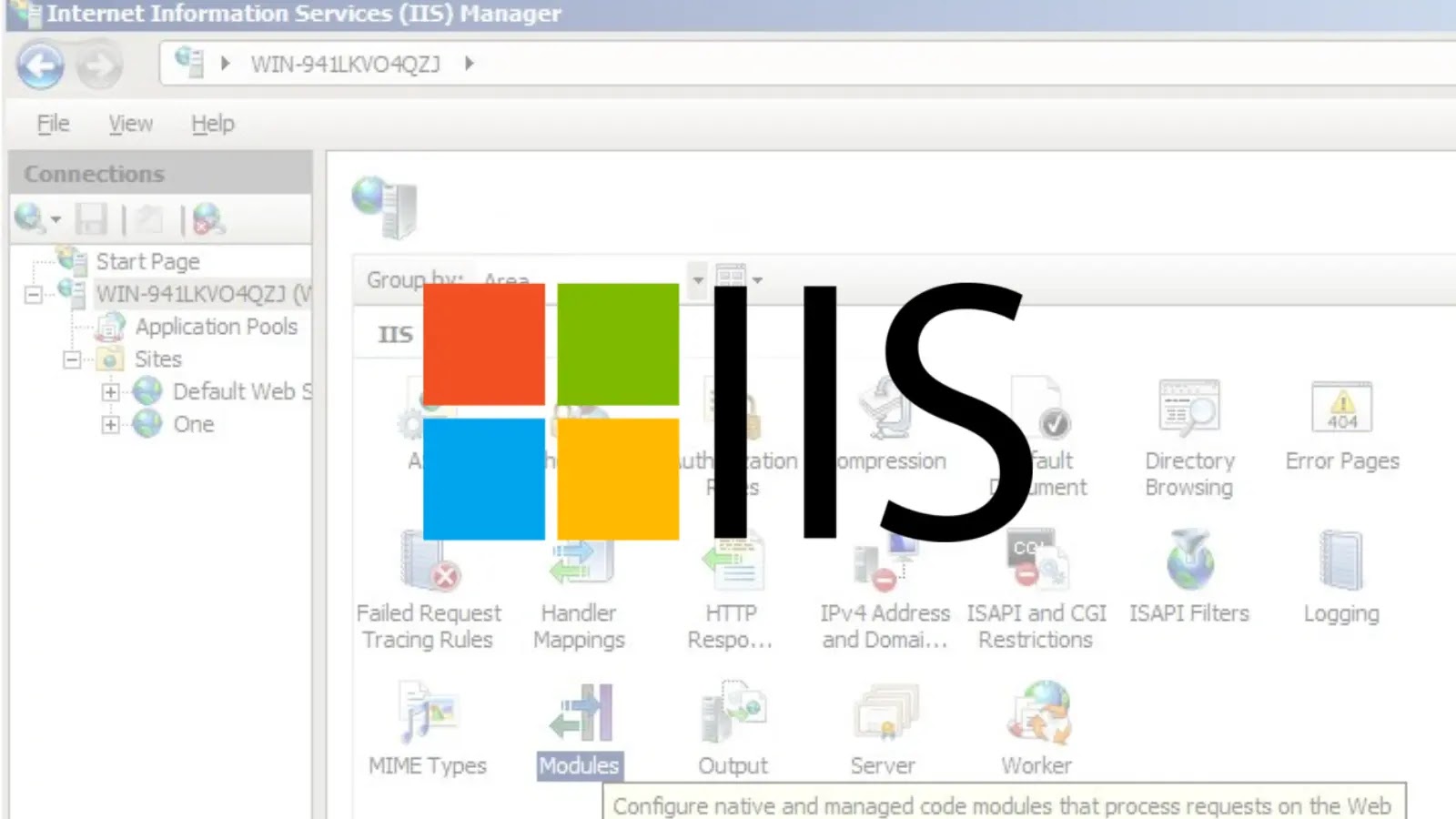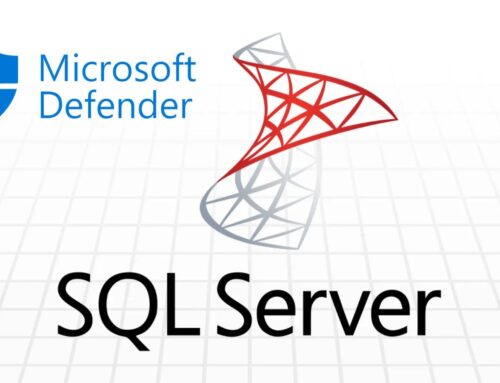
Microsoft IIS Web Deploy Vulnerability Let Attackers Execute Remote Code
A silent threat often emerges from the very tools designed to simplify complex IT operations. For organizations relying on Microsoft IIS and its accompanying ecosystem, a recently disclosed vulnerability in the Web Deploy tool serves as a stark reminder of these underlying risks. This critical flaw could allow authenticated attackers to execute remote code, potentially compromising your web servers and sensitive data. As cybersecurity analysts, understanding the nuances of such vulnerabilities is paramount to protecting digital assets.
Understanding the Microsoft IIS Web Deploy Vulnerability
The vulnerability, officially tracked as CVE-2025-53772, was publicly disclosed on August 12, 2025. It carries a concerning CVSS score of 8.8, placing it firmly in the “High” severity category. At its core, the issue stems from the Web Deploy tool’s improper handling of deserialization when processing untrusted data. This fundamental flaw allows an attacker, once authenticated, to inject malicious code during the deployment process.
Microsoft Web Deploy is a powerful utility designed to simplify the deployment of web applications, content, and configurations to IIS web servers. Its widespread use, particularly in development and staging environments, makes this vulnerability highly impactful. An attacker exploiting this flaw could gain full control over the compromised server, leading to data exfiltration, system disruption, or further network penetration.
Technical Details: Deserialization of Untrusted Data
The concept of “deserialization of untrusted data” is a recurring theme in critical vulnerabilities. In essence, serialization is the process of converting an object into a format that can be stored or transmitted, and deserialization is the reverse—reconstructing the object from that format. When a system deserializes data received from an untrusted source without proper validation, it can be tricked into executing arbitrary code embedded within the malicious serialized data.
In the context of the CVE-2025-53772 vulnerability, an authenticated attacker crafts a specially designed payload that, when deserialized by the vulnerable Web Deploy instance, triggers remote code execution. The authentication requirement mitigates the risk slightly, as it’s not an unauthenticated zero-day. However, compromised credentials or an insider threat significantly elevate the danger.
Impact and Potential Consequences
The potential impact of this Web Deploy vulnerability is significant for organizations utilizing Microsoft IIS and the Web Deploy tool. Successful exploitation could lead to:
- Remote Code Execution (RCE): The primary and most severe consequence, granting the attacker full control over the affected IIS server.
- Data Breach: Access to sensitive web application data, databases, and configuration files residing on the compromised server.
- System Compromise: The attacker could install backdoors, create new user accounts, or pivot to other systems within the network.
- Web Defacement or Disruption: Modification or removal of website content, leading to reputational damage and service outages.
- Further Attack Vectors: A compromised web server can serve as a launchpad for broader attacks within the internal network.
Remediation Actions and Mitigation Strategies
Addressing this Microsoft IIS Web Deploy vulnerability requires immediate attention. Organizations must prioritize the following actions:
- Apply Patches Immediately: Microsoft has released security updates to address CVE-2025-53772. Organizations must apply these patches to all affected Web Deploy installations without delay.
- Review Web Deploy Configurations: Ensure Web Deploy is configured with the principle of least privilege. Uninstall it from servers where it’s not strictly necessary.
- Strong Authentication and Access Control: Implement robust authentication mechanisms for Web Deploy, including multi-factor authentication (MFA) where possible. Regularly review and audit user accounts with Web Deploy permissions.
- Network Segmentation: Isolate IIS web servers from the rest of the internal network to limit lateral movement in case of compromise.
- Monitor Logs for Anomalous Activity: Implement comprehensive logging for Web Deploy operations and user activities. Monitor for unusual deployment attempts, failed authentications, or unexpected command execution.
- Regular Security Audits: Conduct periodic security audits and penetration tests of your web infrastructure, including IIS and Web Deploy configurations, to identify and remediate potential weaknesses.
- Principle of Least Privilege: Limit the permissions of the account used by Web Deploy to only what is absolutely necessary for deployments.
Tools for Detection and Mitigation
Leveraging the right tools can significantly enhance your ability to detect and mitigate vulnerabilities like CVE-2025-53772. The following table lists essential tools for cybersecurity professionals:
| Tool Name | Purpose | Link |
|---|---|---|
| Microsoft Update Catalog | Official source for Microsoft security updates and patches. | https://www.catalog.update.microsoft.com/ |
| Vulnerability Scanners (e.g., Nessus, OpenVAS) | Automated scanning for known vulnerabilities, including missing patches. | Nessus / OpenVAS |
| Security Information and Event Management (SIEM) | Centralized log collection and analysis for anomaly detection. | (Varies by vendor – Splunk, Microsoft Sentinel, Elastic SIEM) |
| Endpoint Detection and Response (EDR) Solutions | Monitoring and detecting malicious activity at the endpoint level. | (Varies by vendor – Microsoft Defender for Endpoint, CrowdStrike, SentinelOne) |
| Network Access Control (NAC) Solutions | Controlling device access to the network based on security posture. | (Varies by vendor) |
Conclusion
The disclosure of CVE-2025-53772 in Microsoft Web Deploy underscores the persistent challenge of securing complex software ecosystems. While authentication is required for exploitation, the severity of remote code execution demands immediate attention. Patching systems, implementing robust access controls, and continuously monitoring for suspicious activity are critical steps for safeguarding IIS environments. Staying informed about new vulnerabilities and proactively applying security measures is not an option, but a necessity, for preserving the integrity and availability of web applications.





